DDR5 RAM Guide: Benefits, Compatibility, and Installation Tips
Table of content
Introduction:
Do you want to achieve a seamless workflow without glitches? Or do you want your memory system to be more efficient and powerful than before? Either way, the latest breakthrough in the subsystem of PC RAM has got you covered. By saying this, we are referring to DDR5 RAM. A memory system that not only increases the bandwidth and density of traditional RAM but also helps lower energy consumption. If you are interested in going deep, keep reading ahead. By the end of this guide, you will have immense knowledge of DDR5, its benefits, uses, and key differences with DDR4. Thus, put on your reading glasses and start exploring from here.
What is DDR5 RAM?

DDR5 RAM stands for Double Data Rate 5 Random-Access Memory. It is a type of Synchronous Dynamic Random-Access Memory (SDRAM). In contrast to its predecessor DDR4, DDR5 RAM happened to be a game-changer for demanding professionals and gaming enthusiasts. It is because of its capability to double the bandwidth and density as well as to lessen the power consumption.
Why Do I Need DDR5 RAM?
Imagine lags while going through a gaming session or glitches and disruptions amidst your office workflow. You cannot continue running an application or process because you do not have sufficient memory. That’s where DDR5 RAM leaves you in awe. So, if you are facing issues like memory limitations, work disruptions, or glitches while doing a professional assignment, DDR5 can solve all these issues in no time.
Use Cases:
PC Gaming:
Gaming PCs require lower latency and faster data transmission rates. That’s where DDR5 RAM comes in and improves all-over gaming performance. Moreover, its increased memory capacity and boosted bandwidth help gaming developers establish more reliable and complex gaming environments.
Servers and Data Centers:
Scenarios like cloud computing are tackled effectively by DDR5. It helps data centers manage large amounts of data efficiently which leads them towards better performance and lower power consumption. In addition, DDR5 RAM supports more virtual machines per server due to enhanced memory capacity and speed.
Networking:
Furthermore, it provides high-speed data processing requirements of 5G networks. Besides, it provides improved performance for edge devices that process data closer to the source.
An End-to-End Comparison Of DDR5:

DDR4, once a king in the world of high-performance computing for years, has now been replaced by DDR5 RAM. We know that technology has always been in constant change, and it never stops. That is the reason we witness the next-generation memory, DDR5 RAM, today. But what are the main differences between DDR4 and DDR5 RAM? Here is the answer:
Speed:
The speed of DDR5 RAM starts at 4800MHz which results in faster program launches, running files in no time, and upgrades in system responsiveness. On the other hand, DDR4 has a speed of 2133MHz.
Bandwidth:
In comparison with DDR4, DDR5 RAM provides double bandwidth and increased density. It enables your CPU to access any type of information in the blink of an eye.
Power Efficiency:
If you are looking for optimal performance and less power consumption, DDR5 RAM is a prime option. It functions at a lower voltage and provides more power 1.1v as compared to DDR4, which is 1.2V.
Error Correction:
To improve data integrity, DDR5 has an error correction code, also known as ECC. It comes into play and eliminates crashes and glitches by detecting errors. EEC is demanding for tasks like video editing, scientific computing, and CAD modeling.
Voltage:
DDR5 memory modules have their own PMIC, reducing power consumption and improving efficiency, resulting in higher ceilings when overclocking, compared to DDR4’s integrated power regulation.
Features of DDR5:
| Feature | DDR4 | DDR5 |
|
Memory Speed |
1600-3200 MT/s |
4800-8400 MT/s |
|
Bandwidth |
12.8-25.6 GB/s |
38.4-67.2 GB/s |
|
Power Consumption |
1.2V |
1.1V |
|
Latency |
Higher |
Lower |
| Capacity per Module | 8-32 GB | 8-128 GB |
|
Price |
Lower |
Higher |
| Compatibility | Compatible with most existing motherboards | Requires compatible motherboards (newer models) |
| Error Correction Code (ECC) | Optional | Optional but more common |
|
Application |
General computing, gaming |
High-performance computing, servers, gaming |
Factors To Consider When Upgrading to DDR5 RAM:
Compatibility:
The most important thing to consider is the compatibility of your computer with DDR5 RAM. Secondly, if you already have a DDR4 motherboard, you have to change it because DDR5 is not backward compatible with its predecessor. So, you have to keep an eye on these factors before making the switch.
Noticeable vs Actual Improvements:
Another factor is to determine if the performance improvements of DDR5 RAM worth the amount of budget you are going to spend. Despite being faster than DDR4, DDR5 RAM may disappoint you somewhere until you have clearly understood its impact on your workload.
Availability:
We know that DDR5 RAM is still a new technology if it is not emerging in the literal meaning. Therefore, it can give you a tough time when you go to make a purchase. Thus, look for its availability on recognized and authentic platforms from which you can buy DDR5 RAM at a reasonable cost.
5 Best DDR5 RAM For Gaming in 2024:
If you want to boost system performance overall or enhance your gaming experience, choosing the right DDR5 RAM is the first critical move. Here, we have gathered some of the best gaming DDR5 RAM to date based on reviews from clients and experts through various authentic platforms.
1. G.Skill Trident Z5 Neo:

Trident Z5 Neo series DDR5 memory is designed for ultra-high overclocked performance on DDR5-enabled AMD platforms. It features AMD EXPO overclocking technology for easy memory overclocking on supported AMD platforms; the Trident Z5 Neo series is the ideal choice for building high-performance systems. Moreover, it offers speeds up to 6000MT/s, which is ideal for faster load times and high data access. Some other specifications are mentioned here:
- Capacities: 16GB, 32GB
- Colorways: Black
- RGB: Optional
- Speeds: 5,600MT/s – 6,000MT/s
- Passmark Memory Score (Tested at 4,800MT/s): 3,412
- Passmark Memory Latency (Tested at 4,800MT/s): 47 nanoseconds
- AIDA64 Read Speed (Tested at 4,800MT/s): 75,258 MB/s
- AIDA64 Write Speed (Tested at 4,800MT/s): 68,340 MB/s
2. Corsair Dominator Platinum RGB:

Combining a sleek design and high performance, the Corsair Dominator Platinum RGB is the best choice for Intel systems. It supports Intel XMP 3.0 featuring onboard ECC (Error Correction Code) for enhanced stability. Besides, its overclocking potential is second-to-none in the entire industry and can reach up to 5400MT/s. It can be expensive but when it comes to its performance low-cost becomes your second choice.
3. Patriot Viper Xtreme 5 RGB:

Putting it into simple words, the Patriot Viper Xtreme 5 RGB kit is a win-win offer for you if you are striving for best-in-class performance, a fair pricing plan that doesn’t break the bank, and binary and non-binary modules. Other specifications are mentioned below:
- Capacities: 16GB, 24GB
- Speeds: 7,600MT/s – 8,200MT/s
- Passmark Memory Score (Tested at 5,600MT/s): 4,280
- Passmark Memory Latency (Tested at 5,600MT/s): 35 nanoseconds
- AIDA64 Read Speed (Tested at 5,600MT/s): 115,170 MB/s
- AIDA64 Write Speed (Tested at 5,600MT/s): 95,436 MB/s
4. Kingston Fury Beast RGB DDR5:

If you are looking for competitive price options, a killer performance, and stunning RGB lighting, the Kingston Fury Beast RGB DDR5 stands out for you. It is compatible with both AMD Expo and Intel XMP platforms and provides you with the flexibility to integrate it seamlessly into your setups. Key specifications are as mentioned:
- Capacities: 8GB, 16GB, 24GB, 32GB, 48GB
- RGB: Optional
- Speeds: 4,800MT/s – 6,000MT/s
- Passmark Memory Score (Tested at 4,800MT/s): 3,337
- Passmark Memory Latency (Tested at 4,800MT/s): 56 nanoseconds
- AIDA64 Read Speed (Tested at 4,800MT/s): 57,618 MB/s
- AIDA64 Write Speed (Tested at 4,800MT/s): 63,717 MB/s
5. PNY XLR8 Gaming Mako DDR5:

The PNY XLR8 gaming Mako DDR5 is celebrated for its decent efficiency, cool price, and greater performance. In addition, the most important part of this RAM is it is compatible with XMP and EXPO. Some other features and specifications are mentioned below:
- Capacities: 16GB
- Colorways: Black, White, Grey
- Speeds: 5,200MT/s – 6,200MT/s
- Passmark Memory Score (Tested at 4,800MT/s): 3,427
- Passmark Memory Latency (Tested at 4,800MT/s): 47 nanoseconds
- AIDA64 Read Speed (Tested at 4,800MT/s): 75,795 MB/s
- AIDA64 Write Speed (Tested at 4,800MT/s): 68,201 MB/s
Conclusion:
DDR5 RAM has a special place in the present demanding applications and gaming scenarios. Because it comes forward with several improvements compared to DDR4, such as double bandwidth, increased density, low energy consumption, and optimal performance. However, picking up the most suitable DDR5 RAM happens to be a bit tricky. However, it is no longer rocket science for you after reading this informative blog. You can choose the best DDR5 RAM using this blog as a roadmap. Further, if you want to read on other topics such as ddr4 vs ddr5, ddr3 vs ddr4, firewalls, and switches, you can visit Buyrouterswitch.
Frequently Asked Questions:
Is DDR5 better than RAM?
DDR5 RAM is the latest addition to the PC memory that has multiple features and benefits over DDR4 RAM. It, primarily, offers increased bandwidth and density. Secondly, it enhances performance and provides lower energy consumption.
How many GB does DDR5 have?
It has the maximum DIMM capacity from 64 GB to 512 GB. Not only this, DDR5 has also higher frequencies than DDR4 RAM up to 8GT/s which translates into 64 GB/s (8000 mega transfers/second * 64-bit width / 8 bits/byte = 64 GB/s) of bandwidth per DIMM.
Why should I upgrade to DDR5 RAM?
If you are going to set up a high-end system, want to enrich your gaming enthusiasm, or you just need to make your system unstoppable, you should upgrade to DDR5 RAM. The main reason for this upgrade is DDR5 bandwidth, density, and optimal performance.
Does DDR5 improve gaming performance?
DDR5 improves frame rate with higher transfer speed and increases overall PC performance to a satisfactory level. A DDR5 5200MT/s range is sufficient, but if you want to take it to the next level, a 6000MT/s or even 6400MT/s kit will increase your game’s frame rate.




 Catalog
Catalog

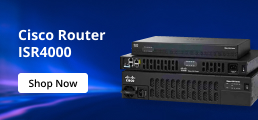
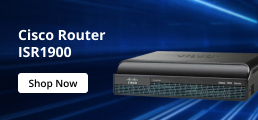


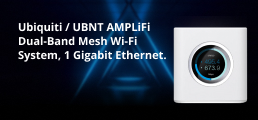


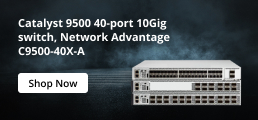

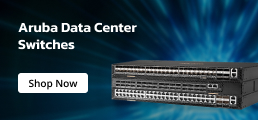
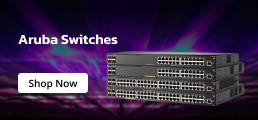

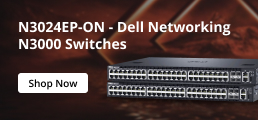


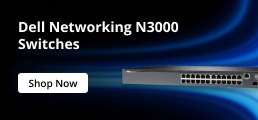
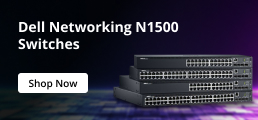
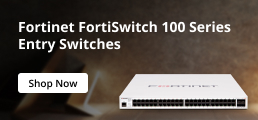

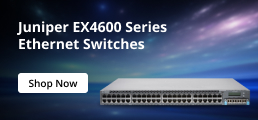
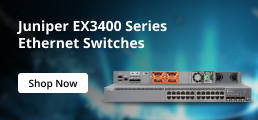
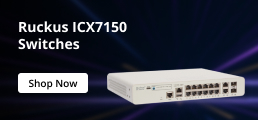
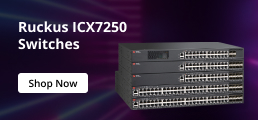
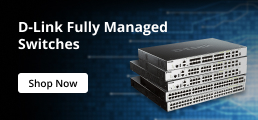
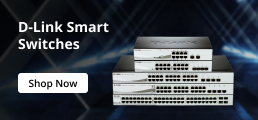


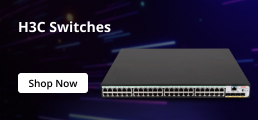
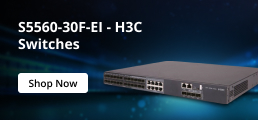

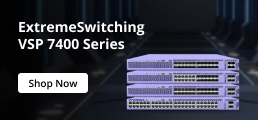

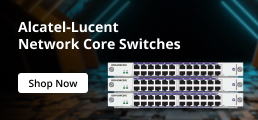
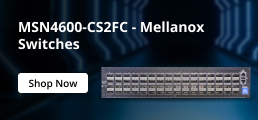






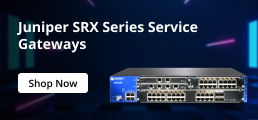
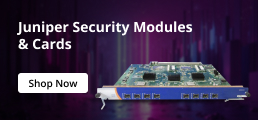




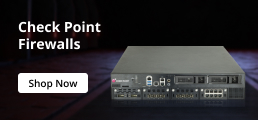
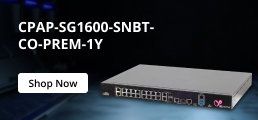

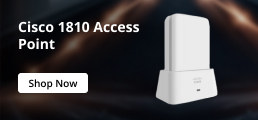








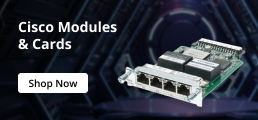





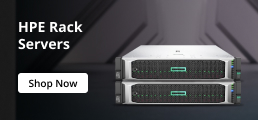
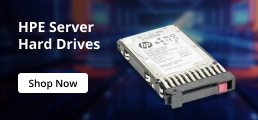

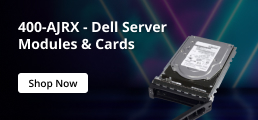
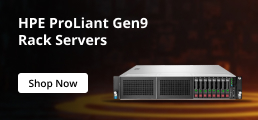

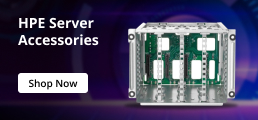
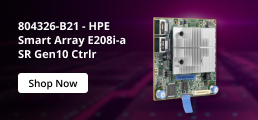
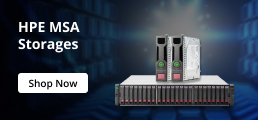
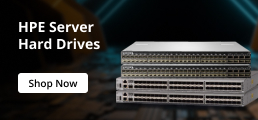


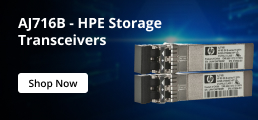
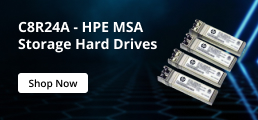

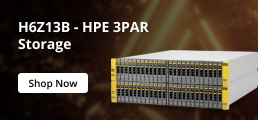
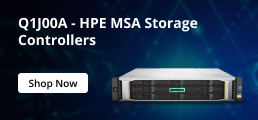
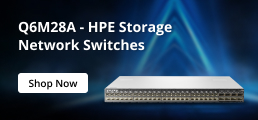
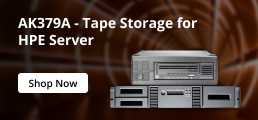
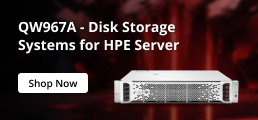





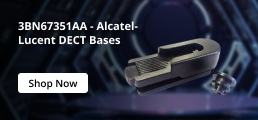


















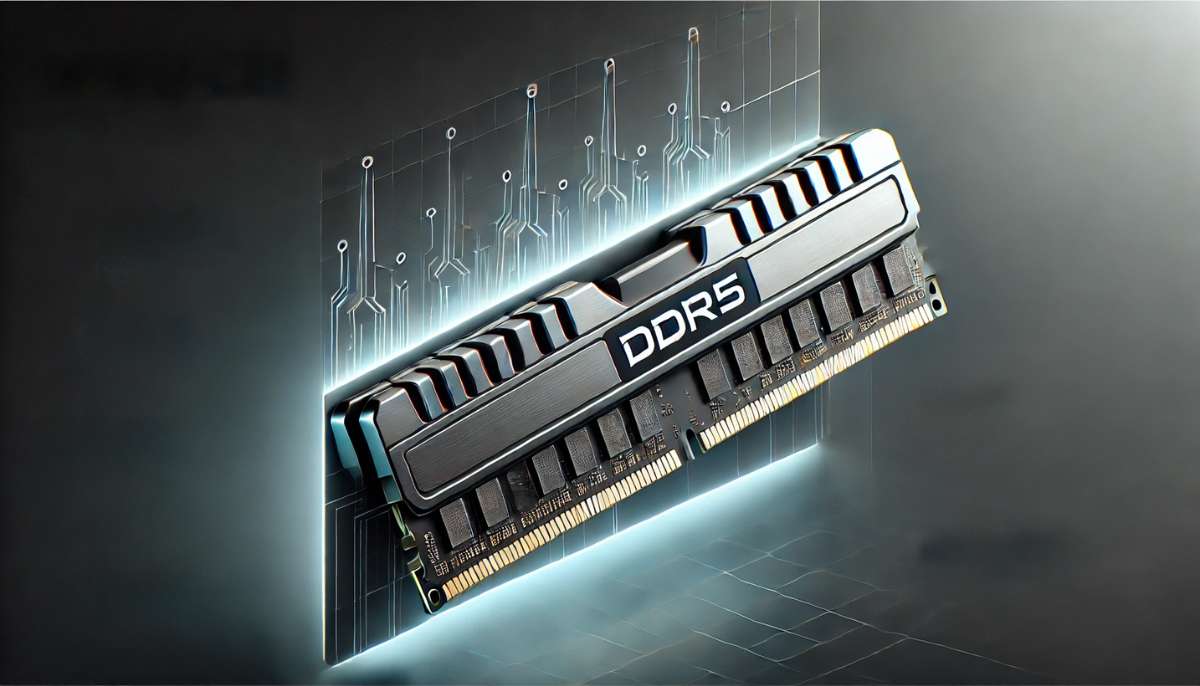

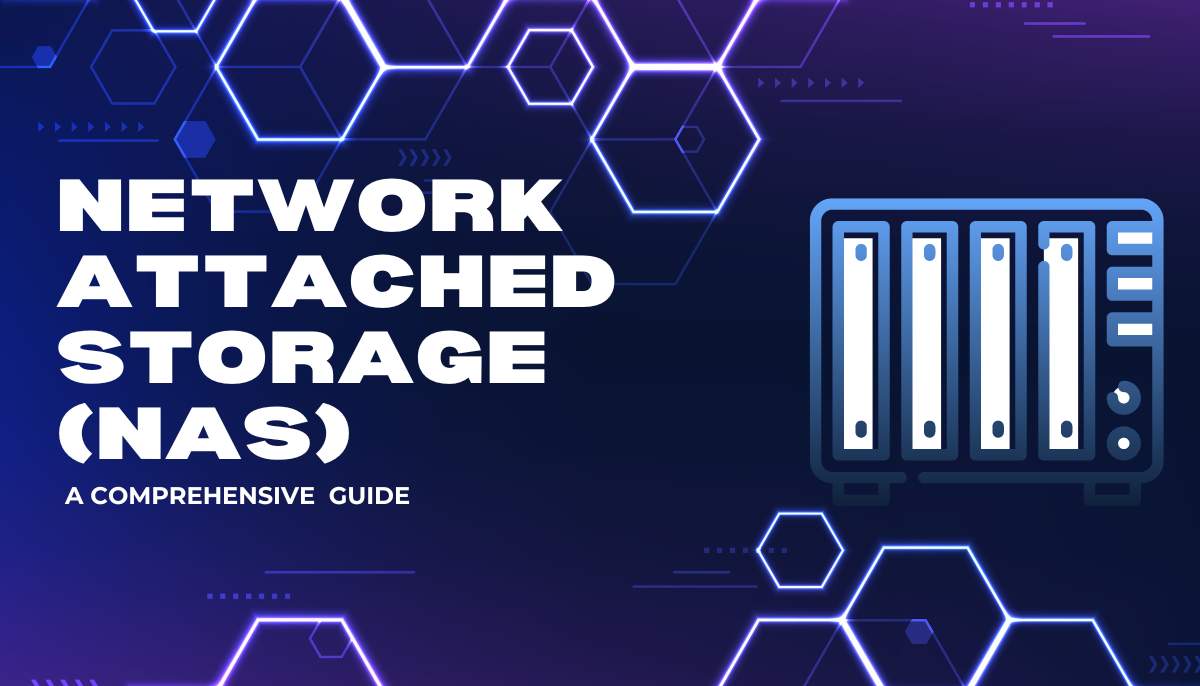
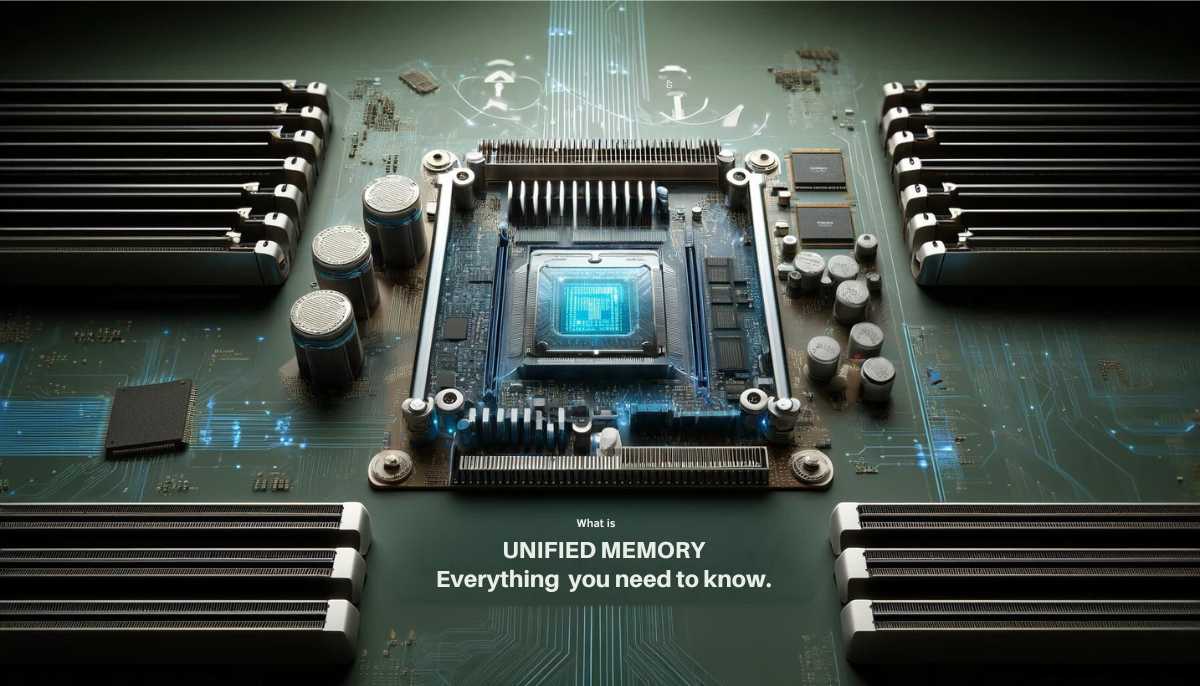




 (800) 870-9487
(800) 870-9487